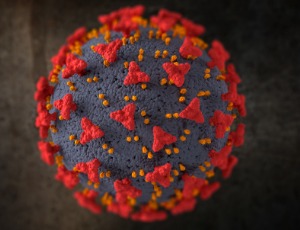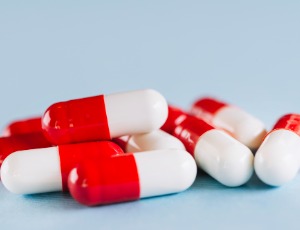Loading
Archives of Pharmacology and Therapeutics
ISSN: 2688-9609
Latest Articles
Effective Cognitive Responses to Treatment Failure
H. Paul Putman III
Half of current treatment plans in psychiatry disappoint, and 3/4 of our medical errors are cognitive in nature. We can positively influence clinical outcomes by reconceptualizing our suboptimal results as single treatment failures (TF) and temporary impasses, rather than misapplying the term “treatment resistance.” Reflective consideration of TF as feedback on our diagnostic and therapeutic hypotheses triggers alterations in our conceptual structure apparatus that can lead to new, creative insights and result in more effective clinical solutions.
Arch Pharmacol Ther, 2025, Volume 7, Issue 1, p28-34 | DOI: 10.33696/Pharmacol.7.061
Preclinical Protective Activity of Lutein on Diclofenac-induced Hepatotoxicity
Elias Adikwu , Bonsome Bokolo , Tobechi Brendan Nnanna , Favour Yaakor
Diclofenac (DF), a non-steroidal anti-inflammatory drug, may cause hepatotoxicity. Lutein (LT), a naturally occurring compound, has potential therapeutic activities. The protective activity of LT against DF-induced hepatotoxicity in adult Wistar rats was evaluated in this study.
Arch Pharmacol Ther, 2025, Volume 7, Issue 1, p52-58 | DOI: 10.33696/Pharmacol.7.063
Dual-Rheological Model and Finite Element Simulation of Hemodynamics Through a Multiple Stenotic Artery with Nanodrug-Eluting Stent
B. Vasu , Ankita Dubey , Rama Subba Reddy Gorla , Mustaque H. Borbora , Shabih-ul-Hasan
A two-dimensional rheological study of hemodynamics through a diseased artery with multiple stenosis and drug-eluting stent is simulated computationally. The homogeneous suspension of metallic gold nanoparticles in the blood is considered motivated by pharmacology applications. The Casson (viscoplastic) and Sisko (viscoelastic) fluid models are employed, to mimic non-Newtonian characteristics of the blood flow in the core and in the peripheral arterial region respectively.
Arch Pharmacol Ther, 2025, Volume 7, Issue 1, p35-51 | DOI: 10.33696/Pharmacol.7.062
Integrating Mathematical Models in Clinical Oncology: Enhancing Therapeutic Strategies
Gobinda Debnath , B. Vasu , Rama Subba Reddy Gorla , O. Anwar Bég , Tasveer A. Bég
Cancer remains a formidable challenge in the field of medical research, necessitating novel approaches to better comprehend its complex dynamics and develop effective treatment strategies. This article presents a comprehensive review of the latest mathematical models employed in the study of tumor growth dynamics and its treatment. The heterogeneous nature of cancer poses unique complexities, requiring interdisciplinary efforts involving mathematics and other relevant domains.
Arch Pharmacol Ther, 2025, Volume 7, Issue 1, p1-27 | DOI: 10.33696/Pharmacol.7.060
Post-COVID-19 War Era, Remarkable Highlights 2025 Concerning Both Preventive and Curative Medicines
Bahram Alamdary Badlou
Series of updates and upgrades can help scientific communities stay current with new research and developments in modern diseases’ prevention/treatment planning, especially during these post-COVID-19 war periods with more than 65 million long COVID patients (2025). For over two millennia, medical consultative services and (co)related preventive & curative medicine have supported human survival against various pathological causes, with certain (un)known factors capable of inducing effects in a bidirectional manner, which I have called the “death triangle machinery”, since 2018 (Cancer- Platelets- Microorganisms, so-called CPM).
Arch Pharmacol Ther, 2025, Volume 7, Issue 1, p59-60 | DOI: 10.33696/Pharmacol.7.064
Antibiotics: Between the Tortoise and the Crab
Jose Luis Turabian
Antibiotics play an important role in both the prophylaxis and treatment of infectious diseases and are a cornerstone of modern healthcare. Antibiotics are lifesaving medicines and have enabled many advances in modern medicine. However, the more they are used, the less effective they become. Thus, the issues of their availability, selection, and appropriate use are of critical importance to the global community.
Arch Pharmacol Ther, 2025, Volume 7, Issue 1, p61-64 | DOI: 10.33696/Pharmacol.7.065
About Scientific Archives
Scientific Archives is a global publisher initiated with the mission of ensuring equal opportunity for accessing science to research community all over the world. Spreading research findings with great relevance to all channels without any barrier is our goal. We want to overcome the challenges of Open Access with ensured quality and transparency.
